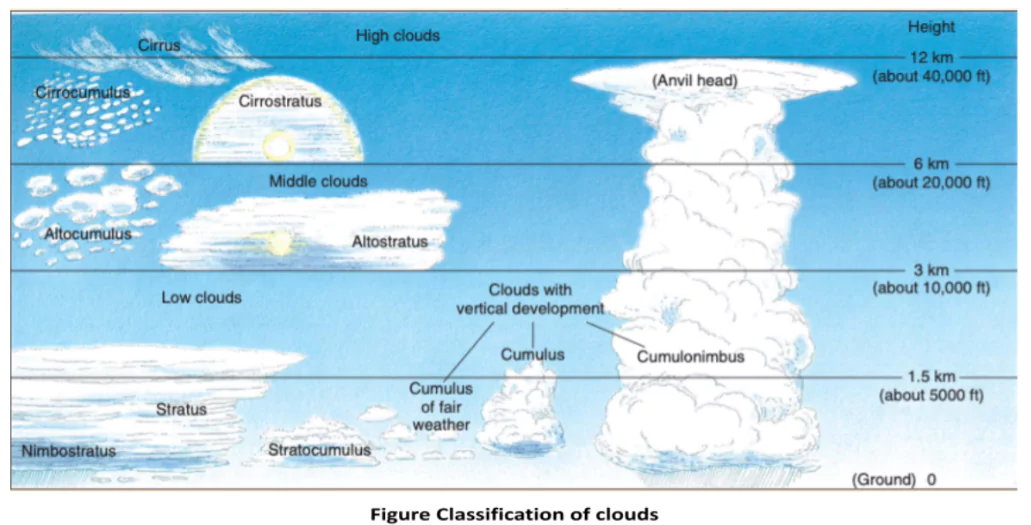![]() April 29, 2024
April 29, 2024
![]() 7493
7493
![]() 0
0
Clouds, composed of tiny water droplets or ice crystals, form through the condensation of water vapor in the atmosphere. They come in various types, each with distinct characteristics and altitudes, influencing Earth’s climate by both cooling (reflecting sunlight) and warming effects (trapping heat).

| Must Read | |
| Current Affairs | Editorial Analysis |
| Upsc Notes | Upsc Blogs |
| NCERT Notes | Free Main Answer Writing |
Clouds play a crucial role in regulating Earth’s temperature by reflecting sunlight and trapping heat. Understanding the different types and their impacts helps us comprehend the complexities of weather patterns and climate dynamics.
<div class="new-fform">
</div>
Latest Comments